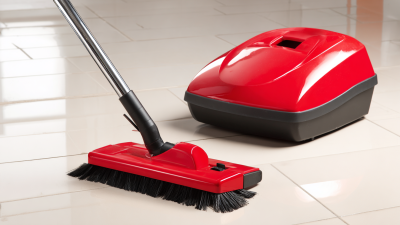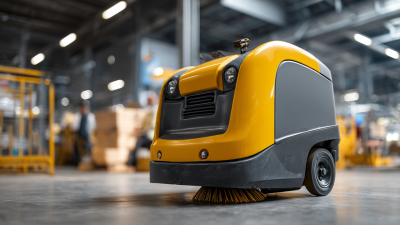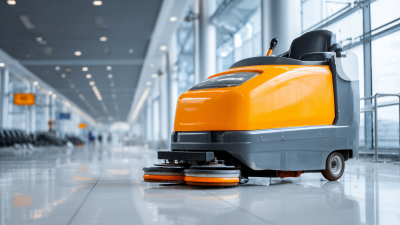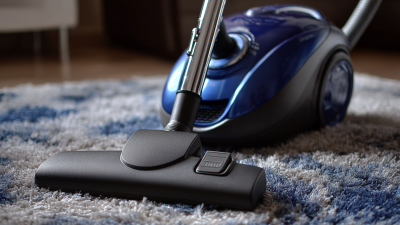Leave Your Message
In an era where efficiency and sustainability are paramount, the Electric Industrial Floor Sweeper emerges as a game-changer in the quest for pristine environments. With advancements in technology and design, these innovative machines are not only enhancing the speed and effectiveness of cleaning but also minimizing environmental impact. As industries shift towards cleaner operations, understanding how to maximize the benefits of Electric Industrial Floor Sweepers becomes essential for maintaining cleanliness in large-scale facilities. This guide will delve into the mechanics, advantages, and best practices for utilizing these electric-powered cleaning solutions, equipping you with the knowledge to revolutionize your cleaning processes. By embracing these cutting-edge tools, businesses can ensure a cleaner, safer, and more sustainable workspace for their employees and clients alike.
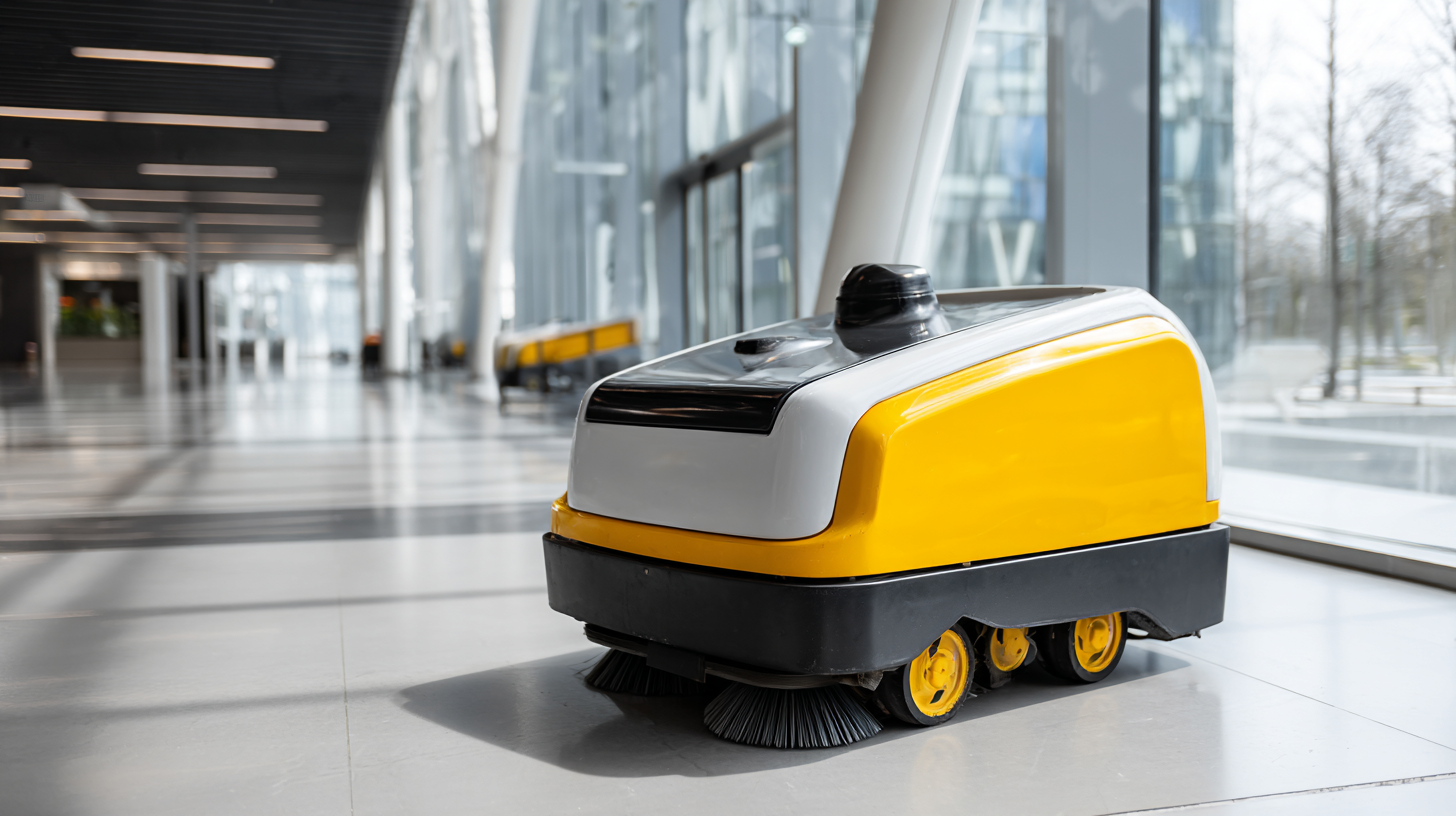
Electric industrial floor sweepers have come a long way since their inception, evolving tremendously to meet the demands of modern cleaning environments. Innovations such as enhanced battery technologies and improved filtration systems have significantly boosted their efficiency and effectiveness. Today’s models are equipped with smart technology, allowing them to analyze floor conditions in real-time and self-optimize their cleaning patterns. This not only ensures a deeper clean but also reduces energy consumption and operational costs.
When considering the purchase of an electric industrial floor sweeper, keep in mind a few essential tips. Firstly, evaluate the size and layout of your workspace to choose the right model that fits your needs. Secondly, consider the maintenance requirements; opting for models with easy-to-access parts can save valuable time and resources in the long run. Lastly, leverage the latest technological advancements, such as GPS tracking and automated navigation, which can enhance the productivity of your cleaning operations and create a more efficient workflow.
| Feature | Description | Benefit | Innovation Year |
|---|---|---|---|
| Battery Technology | Lithium-ion batteries for longer run times | Increased efficiency and decreased downtime | 2018 |
| Smart Technology | Integration of IoT for real-time monitoring | Enhanced maintenance and operational efficiency | 2020 |
| Ergonomic Design | User-friendly controls and adjustable features | Reduced operator fatigue and increased productivity | 2019 |
| Noise Reduction | Silent operation through advanced motor technology | Improved working conditions in noise-sensitive areas | 2021 |
| Sustainability Features | Use of eco-friendly materials and energy-efficient modes | Lower environmental impact and operational costs | 2022 |
The electric industrial floor sweeper market is poised for significant growth, with projections indicating a surge in demand by 2025. According to a recent market research report from Grand View Research, the global market for electric floor cleaning machines is expected to reach approximately $3.5 billion, expanding at a compound annual growth rate (CAGR) of over 7% from 2023 to 2025. This growth is driven predominantly by increased emphasis on sustainable cleaning solutions and advancements in battery technology, allowing for longer operational periods and reduced environmental footprint.
Furthermore, the rise in urbanization and industrial automation has fueled the need for efficient cleaning equipment in commercial and industrial settings. Industry experts predict that sectors such as warehousing and logistics will account for a significant portion of this growth, as businesses seek to improve their operational efficiency through the adoption of electric sweepers. According to a report by Research and Markets, nearly 60% of companies are planning to transition from traditional to electric cleaning solutions in the next three years, further highlighting the shifting landscape towards eco-friendly products in the cleaning equipment sector.
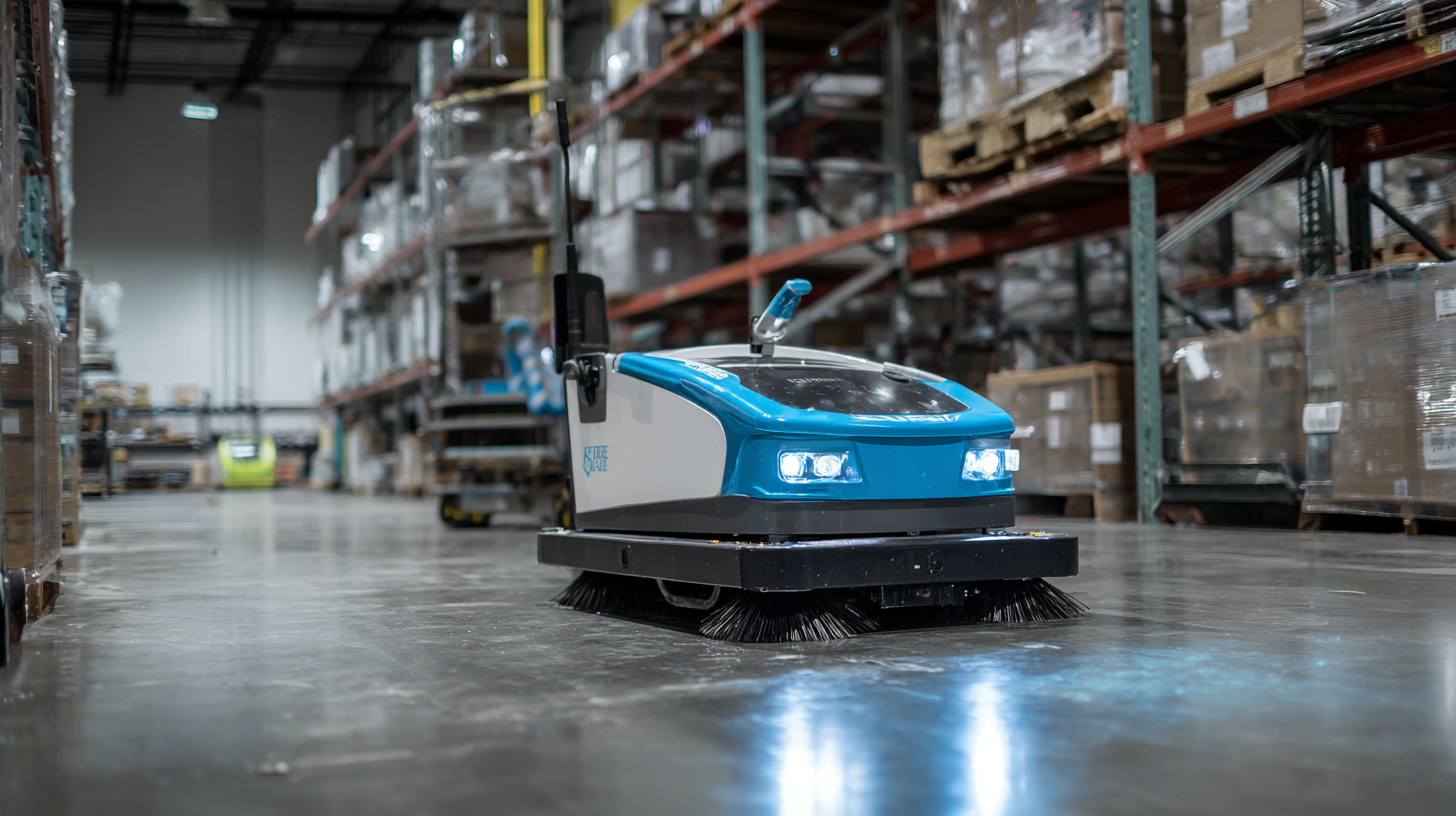
The advancement of electric industrial floor sweepers showcases remarkable progress in battery life and power efficiency, marking a significant shift in cleaning technology. Modern sweepers leverage cutting-edge battery technology that not only extends operational hours but also reduces downtime between charges. This improvement allows for uninterrupted cleaning cycles, making them indispensable for large industrial settings where cleanliness is paramount. Enhanced power efficiency means that these machines can cover more ground with lower energy consumption, thus promoting sustainability while maintaining optimal performance levels.
Additionally, these modern sweepers incorporate intelligent design features, such as automated navigation and advanced filtration systems, which work in harmony with the upgraded battery capabilities. With longer-lasting batteries, industrial sweepers are equipped to handle tougher jobs more effectively, freeing up human resources for other critical tasks. Electric sweepers have shifted towards becoming eco-friendly solutions, directly addressing the increasing demand for sustainable practices in various industries. The fusion of technology and efficiency in these cleaning machines not only revolutionizes workplace cleanliness but also sets a new standard for environmental responsibility.

The environmental impact of industrial cleaning practices has come under scrutiny, leading to a surge in the adoption of electric industrial floor sweepers. According to a report by the Global Environmental Facility, traditional gasoline and diesel-powered sweepers contribute significantly to air pollution, emitting approximately 20 million tons of CO2 each year. In contrast, electric sweepers produce zero direct emissions, effectively helping organizations reduce their carbon footprint. For instance, switching to electric models can cut greenhouse gas emissions by up to 70%, depending on the energy sources used for charging.
Moreover, electric sweepers are becoming increasingly efficient, offering longer operating times and reduced maintenance costs. A study by the International Energy Agency revealed that the integration of advanced battery technologies has improved the performance of electric sweepers, allowing them to run for up to 10 hours on a single charge. This not only enhances productivity but also lessens the reliance on fossil fuels. As industries continue to prioritize sustainability, investing in electric floor sweepers provides a viable solution to maintaining cleanliness without compromising environmental integrity.
The debate between electric and traditional industrial floor sweepers often centers around cost-effectiveness and return on investment (ROI). According to a report by Research and Markets, the global electric floor scrubber market is projected to grow at a CAGR of 4.5% through 2025, indicating a rising preference for electric models due to their efficiency and lower operational costs. Electric sweepers typically incur lower energy costs and require less maintenance than their gas-powered counterparts, which can result in substantial savings over time.
In addition, a study by the Cleaning Industry Research Institute highlights that electric floor sweepers can reduce cleaning time by 30-50% compared to traditional models, translating into higher productivity and lower labor costs. Moreover, with advancements in battery technology, electric models now offer longer operational hours without interruption, making them a more practical choice for large industrial spaces. An initial investment in electric sweepers may be higher, but with the potential for reduced downtime and maintenance, as well as enhanced operational efficiency, businesses can achieve a favorable ROI within just a few years.
This chart illustrates the estimated Return on Investment (ROI) from using Electric Industrial Floor Sweepers compared to Traditional Industrial Floor Sweepers over a 5-year period. The analysis considers factors such as initial investment, maintenance costs, and operational efficiency.
